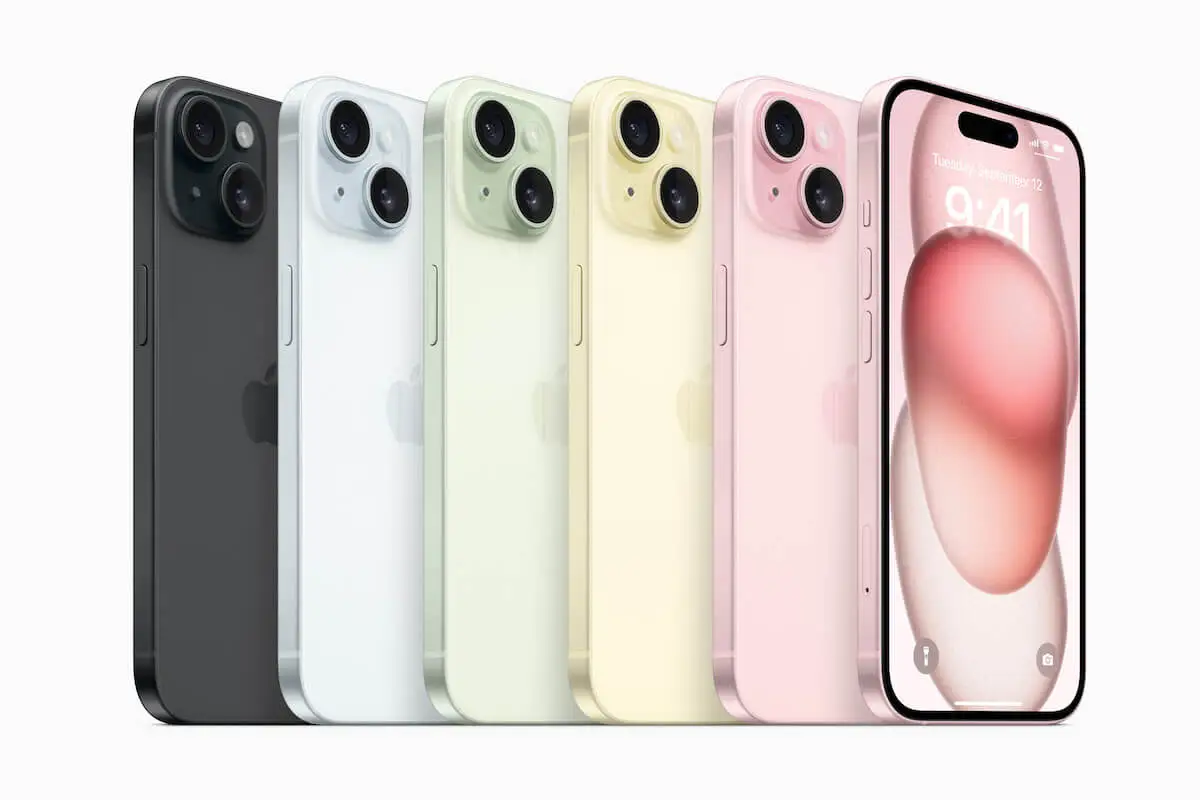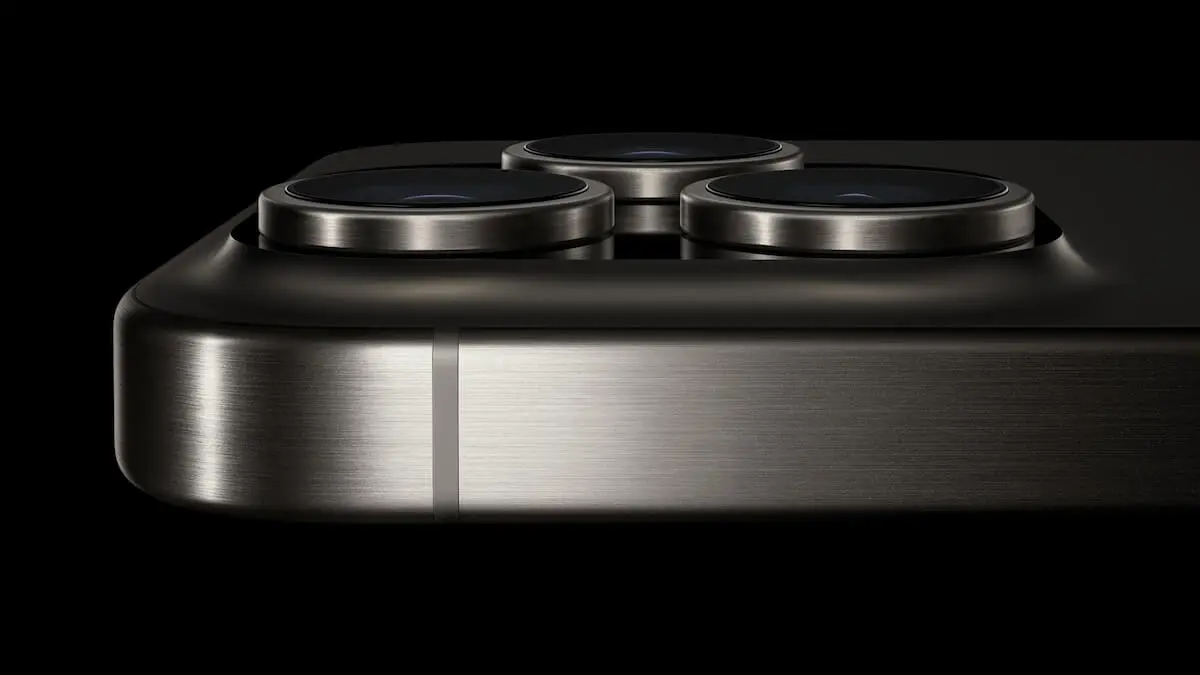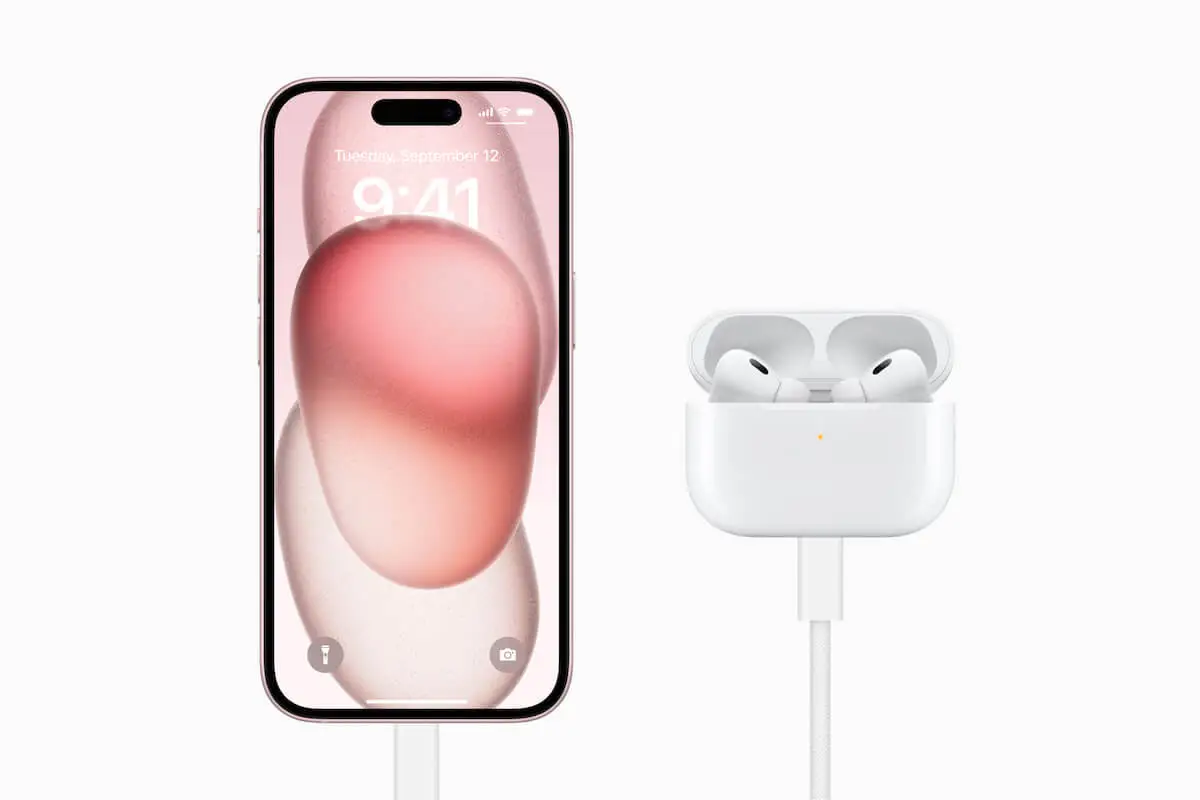
The new iPhone 15 is being released tomorrow, and with that comes a moment of anticipation and excitement for over 1 billion users around the globe.
It’s a familiar scenario that has played out every September for over a decade. For many like myself, who took that first leap into the Apple ecosystem back in 2008, this moment is both nostalgic and forward-looking as I think about whether or not to leave my iPhone XS behind.
In this article, we’ll delve into the perennial question that the release of a new iPhone poses: Should you upgrade?
We’ll look into both technical and emotional perspectives, weighing the significant improvements in hardware and software against the attachment we’ve developed towards our current devices so that you can make an informed decision that aligns with your unique needs and desires.
Disclaimer: Prices are listed in USD and are for customers in the United States.
Emotional Triggers for Upgrading
Whenever there’s a release of a new shiny product, and in this case, the iPhone 15, many of us swarm in masses to be one of the first to own it. Upgrading to the new iPhone has become an annual ritual for many, like clockwork, without even a second to think about our reasons, other than what’s superficial.
As we eagerly anticipate the release of the iPhone 15, it’s essential to consider the emotional triggers that often lead us down the path of device upgrades. These triggers, ranging from the fear of missing out (FOMO) to the desire to showcase our status, can have a powerful influence on our decisions.
So, why do we keep wanting to upgrade, even when there’s nothing really wrong with our current devices?
- Fear of missing out (FOMO) on the latest features: Apple’s brand is known for its marketing mastery. It’s easy to have FOMO when there are always new, cutting-edge features, making us question whether our current device is truly up to par. But beyond that, seeing others jump at this opportunity without a blink of an eye can make us feel like we need the newest, trendiest item. This perception can drive us to upgrade sooner than we need, not only for the new features but to be up to par with our peers, which leads us to our next point.
- Desire to showcase status or keep up with peers: Let’s call this what it is – a need to increase our social status. We live in a world where our smartphones, like many things, have become a symbol of status. The desire to have the latest iPhone can stem from a longing to impress others, to outdo or maintain a certain image within our social networks, or simply to keep up with the evolving tech trends among friends and colleagues. Whatever it may be, you must question whether this is a possibility for you, and you are the only one who can truly answer that question.
- The excitement of owning a new device: There’s an undeniable thrill in unboxing a brand-new iPhone and experiencing its enhanced capabilities. With this, we can discover new ways to integrate new technology into our lives while making life a little more exciting. While this novelty factor can tempt us into upgrading sooner than necessary, it’s important to imagine what it’ll be like days, weeks, and even months after purchasing our shiny new toys.
- Psychological satisfaction of having the “best”: Owning the latest iPhone can often provide a sense of accomplishment and superiority. It can make us feel like we’re at the forefront of technology while showing off our social status by having the best of the best, all the time. This psychological satisfaction can be a driving force behind our decisions to upgrade, even when we really don’t need it.
- Emotional spending to fill a void: Perhaps the most profound and often unacknowledged trigger is using consumerism to fill an emotional void, something we call emotional spending. Many, including myself, have fallen into this trap, where spending on new gadgets becomes a way to temporarily soothe internal emptiness. However, it is often short-lived, and the underlying emotional issues may persist. So believe what you will, retail therapy does not work. At least not long-term.
Learn more about emotional spending and how to overcome it.
Reflecting on Past Spending Habits
It’s easy to get wrapped up in all the excitement around the release of the iPhone 15, but it’s critical to pause and reflect on your past spending habits when considering whether to make the leap. Take a moment to evaluate the frequency of your past smartphone upgrades and determine whether your decisions were based on necessity or impulsivity by asking yourself these questions:
- How often have I replaced my previous iPhones?
- Have I been rushing to upgrade with every new release?
- Do I really need this upgrade? If so, what parts of the upgrade are essential to me?
- Did past upgrades make my life better?
Consider whether your previous upgrades significantly enhanced your daily life or were you only attracted to the superficial features of something new. Understanding your upgrade patterns can shed light on whether your decisions have been driven by genuine necessity, the desire for new things, or even emotional triggers.
One of the most important aspects of evaluating an iPhone upgrade is being mindful of your budget. Set a clear budget for this expense and stick to it. It’s easy to justify this as a “special expense” and exceed your budget, but remember that if you do it once, you may find yourself doing it again and again. There will always be special expenses every month, such as a music festival in October, a dentist appointment in November, or holiday presents in December. Overstretching your budget for the latest iPhone can lead you down a slippery slope that threatens your financial security for the future.
Assessing Technical Necessities
Now that we’ve done some mindful reflections on whether or not you should upgrade your iPhone, it’s time to assess the technical necessities and determine whether this investment will truly enhance your daily life. Assessing the technical aspects of the iPhone 15 can empower you to make an informed decision that aligns with your specific needs and ensures you get the most value for your new purchase.
First, how old is your phone? Are you considering an upgrade from an iPhone 14 to the iPhone 15, or are you making the leap from an iPhone 12? If it’s the former, it’s safe to say that the incremental upgrades between consecutive models may not justify the expense. In such cases, consider if your current device is still serving your needs effectively.
Secondly, and probably the more important part of this section, identify the specifications that truly matter to you and are worth investing in. Do not confuse these with specifications that you might merely like or find nice to have. Avoid falling into the trap of committing to unnecessary add-ons, like buying a car, which is a pitfall that many find themselves in when upgrading to extravagant floor mats and key protection. While these are nice things to have, they’re not a necessity. Therefore, asking the right questions can be the difference between spending $799 on an iPhone 15 or $999 on an iPhone 15 Pro.
Another factor to consider is your phone usage patterns. For instance, if you rarely take pictures or prioritize camera quality, then a 48-megapixel camera with 4x optical zoom may be irrelevant to your needs. However, if you’re upgrading from an iPhone XS and you care about having 5G connectivity, this technical improvement may be significant to you.
Finally, if your current iPhone can no longer receive software updates, then you definitely need the upgrade. Failing to update your iPhone regularly can leave you vulnerable to security threats and hacking. In this case, no amount of money saved by holding onto an outdated device is worth the immense trouble and risk, so yes, upgrade away!
Once you’ve identified your specific necessities, it’s crucial to examine the specifications of your current iPhone model against the new iPhone 15 to decide whether the differences warrant the added cost. Consider this: while the battery capacity upgrade from an iPhone 14 to an iPhone 15 is barely discernible, with only a 2% increase, the jump from an iPhone 12 to the iPhone 15 is notably significant with a 19% increase. These distinctions can have a tangible impact on your day-to-day user experience, making it imperative to weigh the technical upgrades against the price tag before making a decision.
Yes, this is A LOT to consider, but it’s also extremely important because you want to make sure you’re making the right decision with such a hefty investment, so take your time to think about all of these factors before you decide to upgrade!
As someone who continues to use his trusty iPhone XS to this day, I’ve observed a significant deterioration in my battery’s quality. In comparing the battery capacity between my XS and the new iPhone 15, I discovered that there is a substantial difference, with the latter being a 26% increase (2658 mAh vs. 3349 mAh). That’s huge!
However, it’s important for me to consider my usage patterns when I think about all the aspects mentioned above: I work from home 90% of the time, with the remaining 10% at coffee shops, and when Jess and I are traveling (which is less than 5% of my year) we’re outdoors for extended periods. Given this, the need for more frequent charging has become a non-issue for me. Instead of hastily jumping into an upgrade, I’ve adopted a practical solution by carrying a power bank with me whenever I work outdoors or am traveling to ensure that my iPhone XS continues to meet my needs without unnecessary expenses.

Caring for Your iPhone
Taking care of your iPhone isn’t just about having a device; it’s about safeguarding an investment that touches every facet of your life—work, social connections, and entertainment. Imagine if your phone was lost or stolen. How would you react?
This emphasizes the importance of proper smartphone care and maintenance, elements within your control that can extend your device’s lifespan. Start by evaluating your current iPhone’s condition and any existing damages. Reflect on whether you’ve treated it with the care it deserves or if it’s become an afterthought, like the grocery tote bag you take to Whole Foods. If you’ve had to upgrade or spend on replacements due to neglect, it’s time for a serious change.
When assessing existing damages, weigh the cost of repairs against that of upgrading entirely. For instance, if your iPhone 14 screen is cracked, Apple charges $279 for a replacement. If the damage is minor and doesn’t affect screen responsiveness, opt for a screen protector and durable case. But if clumsiness is a concern, consider the AppleCare+ plan, which offers screen replacement at just $29 for subscribers. Investing in proper care now can save you both money and the heartache of losing a valuable device.

It's Never Just the iPhone
When you purchase a new iPhone, it’s never just the phone itself. You have to consider the potential additional expenses that accompany the phone, including a protective case, screen protector, adapters, AirPods, maybe a power bank, and more. Failing to account for these extras can lead to a significant underestimation of your overall expenses, which can have a detrimental impact on your budget.
One particular expense warrants its own dedicated discussion: iCloud storage.
iCloud+ requires a monthly subscription fee, starting from $2.99 for 200 GB. To avoid falling into the trap of perpetually expanding storage costs, you’ll need to put effort into decluttering your digital space. Sifting through an extensive collection of photos to determine what to delete may seem daunting, and Apple knows this dread all too well, which eventually leads to many users opting for the subscription instead.
But this out-of-sight, out-of-mind approach can become a financial burden as you inch closer to the next tier of storage, like 1 TB at $9.99 per month, which is what Jess is currently paying for because it became more convenient for her to shell out money than to spend time tidying up items in her phone. If you add that up, that’s $120 a year you’re shelling out just for storage space. I can tell you that she has definitely been reconsidering her choices around this.
But like I’ve told her, you can work your way around this! The key to managing this evolving expense lies in regularly purging unnecessary files, preserving space on your plan, and maintaining organized digital assets to prevent sliding further down the costly iCloud storage rabbit hole.
Wait Before Buying
When you’re gearing up for a sizeable purchase like the new iPhone 15, remember that time can be your friend in making the right choice. The price of the iPhone isn’t going to change if you take an extra day or week to mull it over. So, why not give yourself a comfortable waiting period, say, 24 to 48 hours, or even more if that’s what you need, to let your emotions settle and your thoughts crystalize?
This kind of investment warrants a little patience. During this time, you’ve got the perfect opportunity to do some research and ponder the questions mentioned above. Consider how this new iPhone could spruce up your daily routine, whether it’s for work or simply staying connected. Think about those exciting features that could genuinely brighten up your life. Embracing this process isn’t just about making sound financial decisions; it’s about ensuring your purchase aligns perfectly with your lifestyle and preferences.
Final Thoughts
Look, I get it. It’s hard to resist the flashiness of a new iPhone. But before you decide to upgrade, it’s important to really think about why you want to upgrade and whether it’ll really benefit all aspects of your life.
First and foremost, look at your feelings about it. Think about your emotional triggers and feelings that arise around buying new things, or in this case, upgrading to the iPhone 15. Reflect on your past spending habits, and not just with phones, but in general. What is the motivating factor that’s making you pull out that credit card? Then do your research. What are the specifications you’re looking for in this investment and how will it elevate your life?
Remember that it’s never just about the phone itself and taking care of your phone goes a long way. Finally, give yourself some time to think it over. I have a 48-hour rule and heavily research before I make any huge purchase. There’s no harm in waiting, the iPhone 15 isn’t going anywhere. With any big purchase, you want to make sure that it’s truly what you need and not just for superficial reasons.

